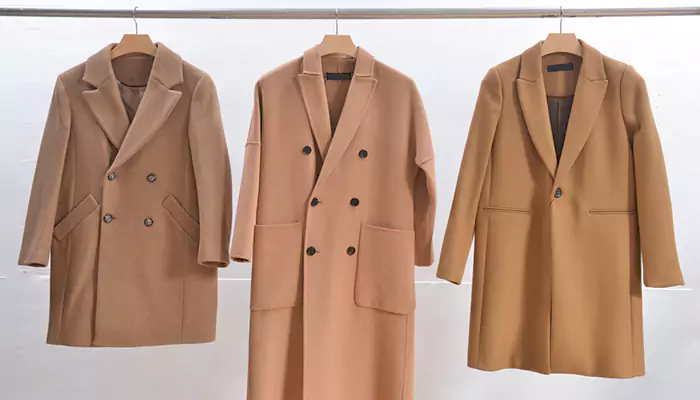Layering 101: Staying Comfortable And Stylish In Unpredictable Weather
We've all been there – you leave the house in the morning feeling chilly, but by midday, the sun is out and you're regretting that heavy sweater.
- Ishani Karmakar
- 01 June, 2025
- 2 mins ago

Layering 101: Staying Comfortable And Stylish In Unpredictable Weather
We've all been there – you leave the house in the morning feeling chilly, but by midday, the sun is out and you're regretting that heavy sweater.
Or perhaps you start your day in bright sunshine, only to be caught in a sudden downpour. Unpredictable weather can make dressing for the day a challenge, but with the right layering techniques, you can stay comfortable and stylish no matter what the forecast throws your way.
The Basics of Layering
The foundation of any layered outfit starts with understanding the three core layers: the base layer, the mid-layer, and the outer layer. Each plays a unique role in keeping you comfortable.
Base Layer
The base layer is the one closest to your skin, and its main job is to regulate your body temperature by wicking away moisture. Choose lightweight, breathable fabrics like cotton, merino wool, or moisture-wicking synthetics. For colder weather, consider thermal tops or long-sleeve shirts that provide warmth without adding bulk.
Mid-Layer
The mid-layer is all about insulation. This layer traps heat to keep you warm and can be adjusted based on the temperature. Popular mid-layer options include sweaters, fleece jackets, and lightweight down vests. This is where you can play with textures and colours to add depth and interest to your outfit.
Outer Layer
The outer layer is your shield against the elements. Whether it's a waterproof rain jacket, a windbreaker, or a heavier coat, this layer should protect you from wind, rain, and cold. Look for outerwear that is both functional and stylish, with features like adjustable hoods, breathable fabrics, and pockets.

Tips for Effective Layering
Now that you know the basics, here are some practical tips to help you layer like a pro:
Start with Neutrals
A neutral colour palette forms the perfect base for any layered look. Think white, black, grey, navy, and beige. These colours are versatile and can be mixed and matched easily, allowing you to build a cohesive outfit without much effort.
Play with Proportions
Layering gives you the opportunity to experiment with different silhouettes. Try pairing a fitted base layer with a looser mid-layer, or mix a longer top with a shorter jacket. Playing with proportions adds visual interest and helps you create a balanced look.
Use Accessories Wisely
Scarves, hats, and gloves aren't just for warmth—they're also great for adding a pop of colon or texture to your outfit. A bright scarf can break up a monochrome look, while a hat can add a touch of personality. Don't forget about belts, which can help define your waist and add structure to a layered ensemble.
Think About Fabric Weight
When layering, it's important to consider the weight of each piece. Lighter fabrics should be worn closer to the body, while heavier pieces work best as outer layers. This ensures that you stay comfortable without feeling bulky.
Invest in Versatile Pieces
Some items in your wardrobe are worth investing in because they can be layered in multiple ways. A classic trench coat, a cosy cardigan, or a denim jacket are all versatile pieces that can be dressed up or down, depending on the weather and occasion.
Be Ready to Adjust
The beauty of layering is that it's easy to adapt as the day goes on. If the sun comes out, you can shed your outer layer; if it gets colder, you can add a scarf or hat. Being able to adjust your outfit on the go means you'll always be prepared for whatever the weather throws your way.
Mastering the art of layering is all about combining style and functionality. By choosing the right pieces, playing with proportions, and being ready to adapt, you can stay comfortable and look great no matter what the weather decides to do. So the next time you’re faced with an unpredictable forecast, remember these tips and embrace the layering technique. Not only will you be prepared for anything, but you'll also turn heads with your effortlessly chic style.









